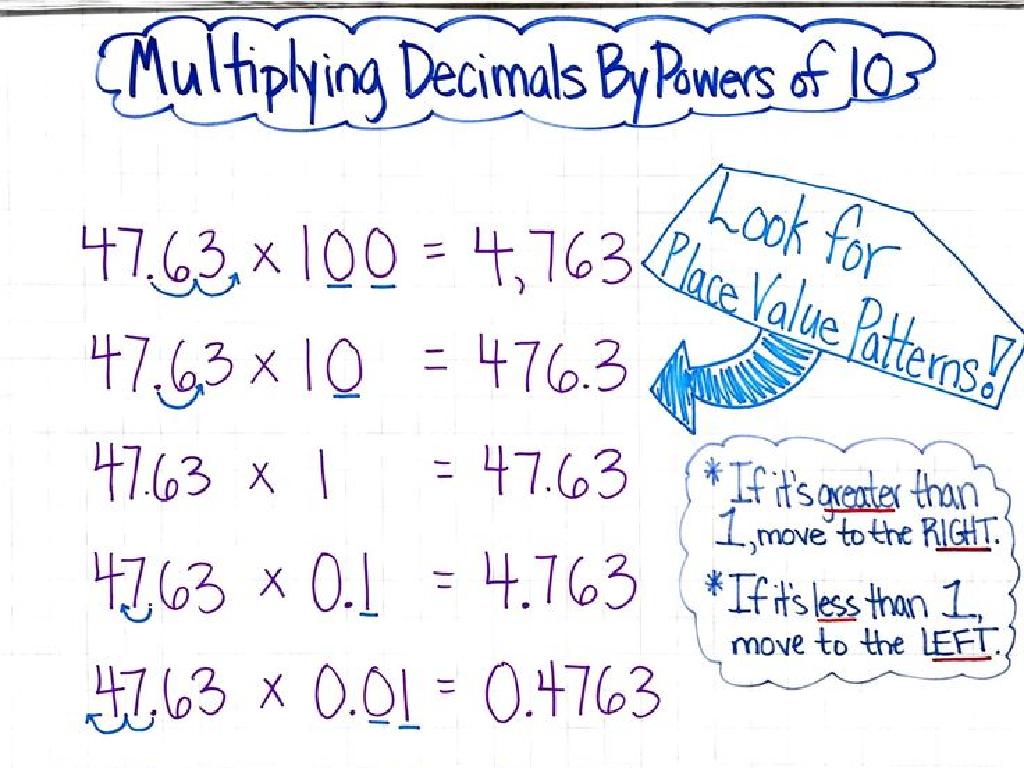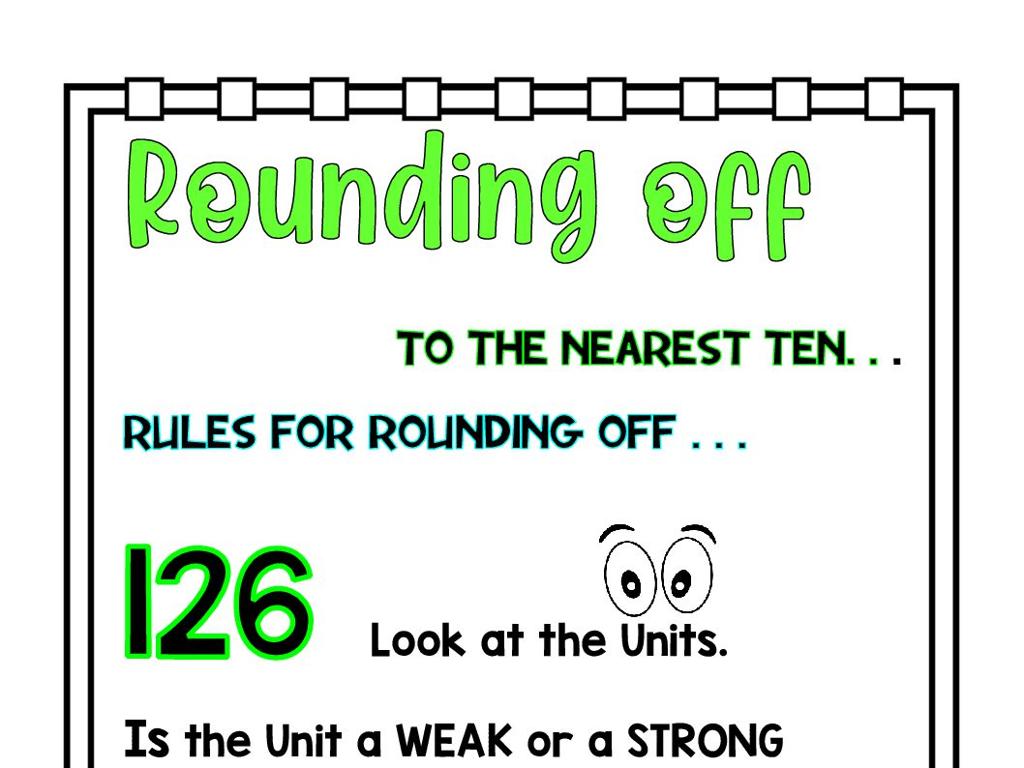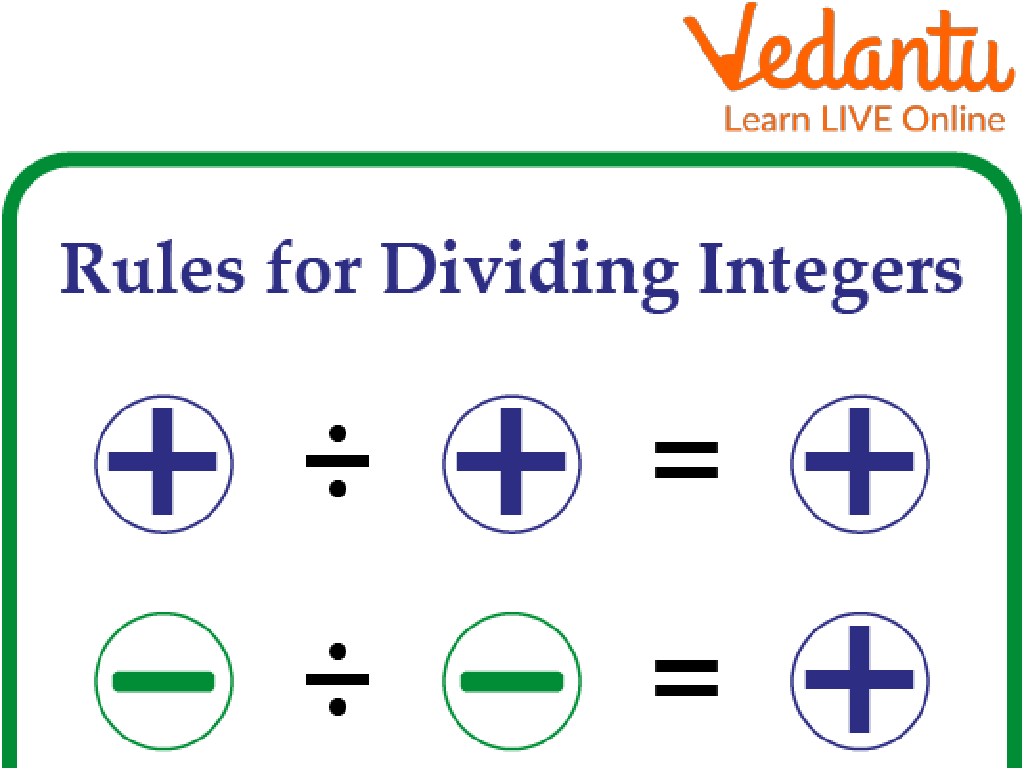One More And One Less On Frames - Up To 10
Subject: Math
Grade: Kindergarten
Topic: One More And One Less To 10
Please LOG IN to download the presentation. Access is available to registered users only.
View More Content
Exploring Numbers: One More & One Less
– Today’s focus: ‘One More’ & ‘One Less’
– Understanding ‘One More’
– If we have 4 apples, one more would be 5 apples.
– Grasping ‘One Less’
– If we have 6 candies, one less would be 5 candies.
– Using frames to count to 10
|
This slide introduces the concepts of ‘One More’ and ‘One Less’ to Kindergarten students, using simple and relatable examples. Begin by explaining that ‘One More’ means adding one to the current number, and ‘One Less’ means taking away one. Use visual aids like frames with counters to demonstrate counting up to 10, and show how adding or removing one counter changes the number. Encourage the children to participate by asking them to predict ‘One More’ or ‘One Less’ before revealing the answer. Prepare hands-on activities with different objects to help them practice the concept.
Learning with Number Frames
– Number frames visual aid
– Frames show numbers in a clear way, like a picture
– Frames hold up to 10 counters
– Counting with frames
– Counters in frames help us count one by one
– Adding and subtracting
– We can add one more counter or take one away to subtract
|
This slide introduces number frames as a visual tool to help Kindergarten students understand numbers up to 10. Explain that each frame can hold a maximum of 10 counters, which are small objects like beads or blocks. Demonstrate how to use number frames for counting by placing counters in the frame one by one. Then, show how to add by placing one more counter in the frame, and how to subtract by removing one counter. Use clear and simple language, and consider bringing actual number frames and counters to class for a hands-on experience. Encourage students to practice with their own frames, adding and subtracting counters to reinforce the concept.
Counting with Frames: Adding and Subtracting
– Fill a frame with counters
– We’ll use a ten-frame and add counters to it
– Count each counter aloud
– As we add each counter, we’ll count from 1 to 10
– Observe changes in the frame
– Watch the frame as it fills up or empties
– Understand one more or less
– Adding one counter shows ‘one more’, removing one shows ‘one less’
|
This slide introduces the concept of ‘one more’ and ‘one less’ using a ten-frame, which is a tool to help Kindergarten students visualize counting and simple addition and subtraction. As you place each counter in the frame, encourage the students to count along. This will help them understand the concept of incrementing and decrementing by one. Make sure to emphasize the change that happens with the addition or removal of each counter. During the activity, ask the students to predict what the frame will look like if we add or take away a counter. This interactive approach will help them grasp the basic principles of counting, addition, and subtraction.
Finding ‘One More’ on Number Frames
– Start with a number on the frame
– Add one more counter to it
– If we have 4, place another counter to make 5
– Observe the new number
– Understand adding one increases the number
– The number grows by 1 each time we add one more
|
This slide is aimed at helping Kindergarten students understand the concept of ‘one more’ using number frames. Start by showing a number frame with a certain number of counters. Then, add one more counter and ask the students what number they have now, guiding them to see the number increases. Emphasize that when we add one more counter, the number on the frame becomes one bigger. Use different starting numbers to show this concept in various ways. For the activity, provide number frames and counters for students to practice adding one more and observing the change in number. Encourage them to verbalize the new number after adding one more to reinforce their understanding.
Finding ‘One Less’ with Counters
– Start with a number of counters
– Take one counter away
– If we have 5 counters, what’s left after taking 1 away?
– Observe the new number
– Count the remaining counters to find out
– Understand numbers get smaller
– Removing one counter decreases the number by 1
|
This slide is aimed at teaching Kindergarten students the concept of ‘one less’ using physical counters. Start by showing them a specific number of counters, then physically remove one and ask the students to observe the change. Encourage them to count the remaining counters to reinforce the concept that taking one away makes the number smaller. Use different starting numbers to show that this concept applies universally. Make sure to use clear and simple language, and consider using visual aids like a number line or images to help them understand. During the activity, walk around the classroom to ensure that each student is engaged and understanding the concept.
Practice Time: More or Less!
– Use frames and counters
– Find ‘one more’ than a number
– If you have 4 counters, add 1 more. Now you have?
– Find ‘one less’ than a number
– If you have 6 counters, take 1 away. Now you have?
– Help friends with their numbers
|
This slide is for a class activity where students will practice the concept of ‘one more’ and ‘one less’ using frames and counters. Provide each student with a frame and a set of counters. Encourage them to physically add one counter to find ‘one more’ and remove one counter to find ‘one less’. This hands-on activity helps solidify their understanding of basic addition and subtraction. Assist students who may struggle and encourage peer learning by asking students to work in pairs or small groups. Possible activities: 1) Use different colored counters for ‘one more’ and ‘one less’. 2) Have students draw their frames on paper and fill in the counters. 3) Play a game where you call out numbers, and they show ‘one more’ or ‘one less’. 4) Create a number line on the floor and have students jump forward or backward to find ‘one more’ or ‘one less’. 5) Sing a song about adding and taking away one counter while they perform the actions.
Frame Fun! Class Activity
– Try ‘one more’ and ‘one less’ worksheet
– Fill in frames for ‘one more’
– If you see 4 dots, add 1 more to make 5
– Fill in frames for ‘one less’
– If you see 6 dots, take 1 away to make 5
– Share your frames with the class
|
This activity is designed to help Kindergarten students understand the concepts of ‘one more’ and ‘one less’ in a fun and interactive way. Provide each student with a worksheet that has a series of frames, each containing a certain number of dots up to 10. Students will practice adding one more dot to the frame to understand incrementation, and then practice removing one dot to understand decrementation. After completing the worksheet, encourage students to share their answers with the class to reinforce their learning. Possible variations of the activity could include using physical objects like counters or blocks, drawing dots on a whiteboard, or using digital apps that simulate the frames and dots.
Great Counting Work!
– Celebrating ‘one more’ and ‘one less’
– Frames make numbers clear
– Frames show numbers up to 10 in a visual way
– Practice counting every day
– Try adding or taking away one item from a group
– Keep the fun going at home!
|
This slide wraps up the lesson on ‘one more’ and ‘one less’ by reinforcing the concepts learned and encouraging continued practice at home. Emphasize the usefulness of frames in visualizing numbers and how they can make counting more intuitive for young learners. Encourage students to practice by using everyday items, like toys or snacks, to add one or take one away, helping them to internalize the concept. Remind them that learning is a process, and the more they practice, the better they’ll get at understanding numbers and counting.






